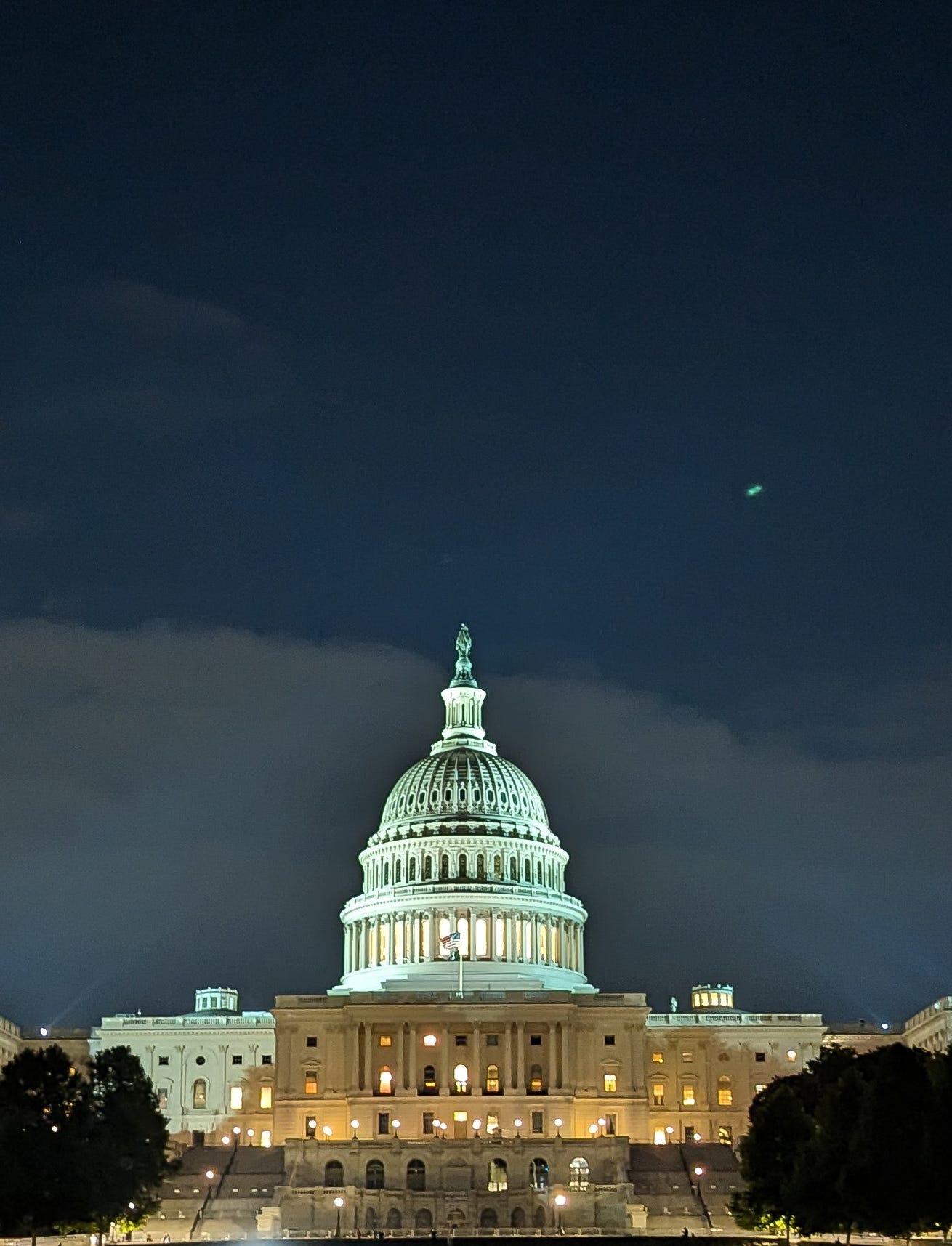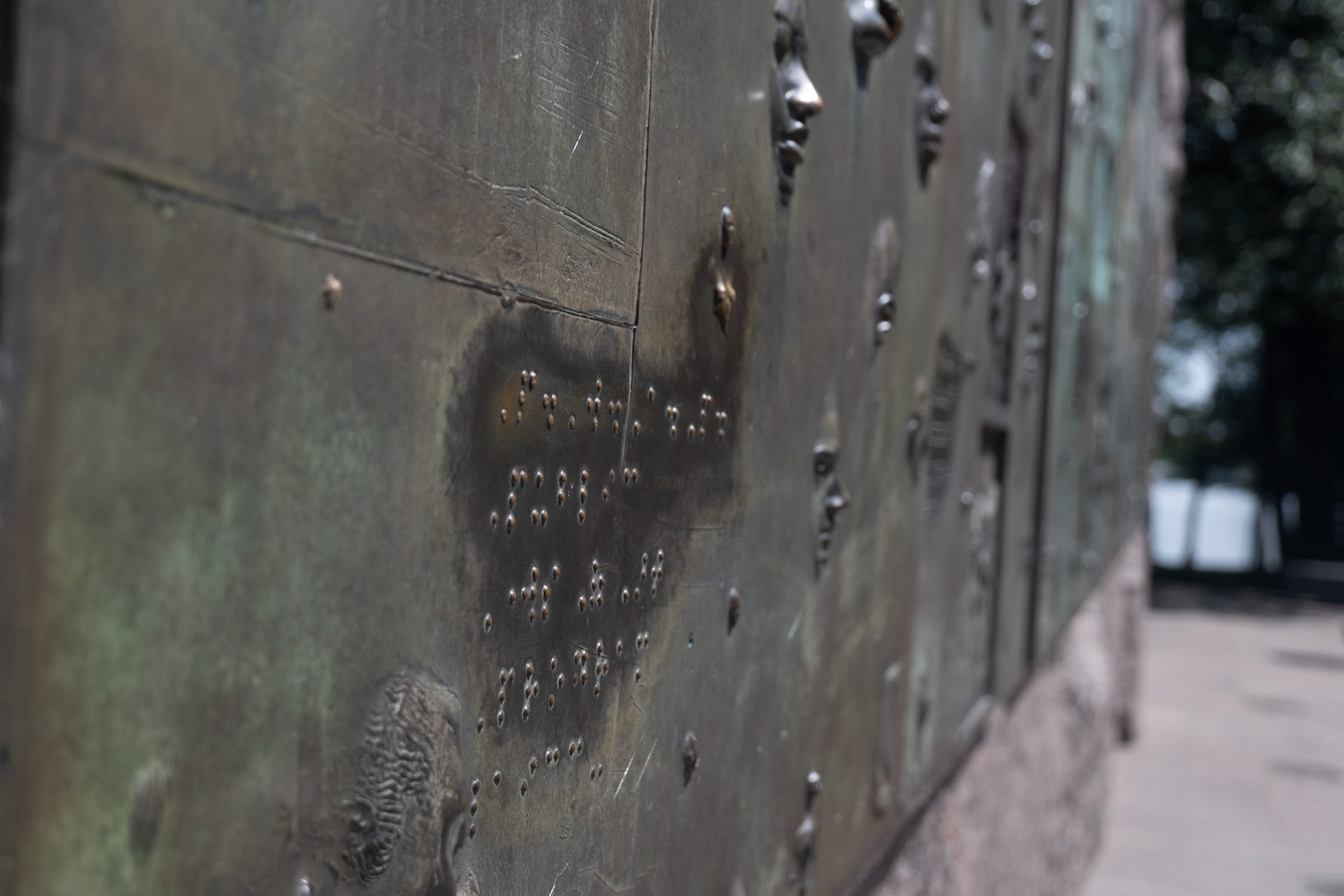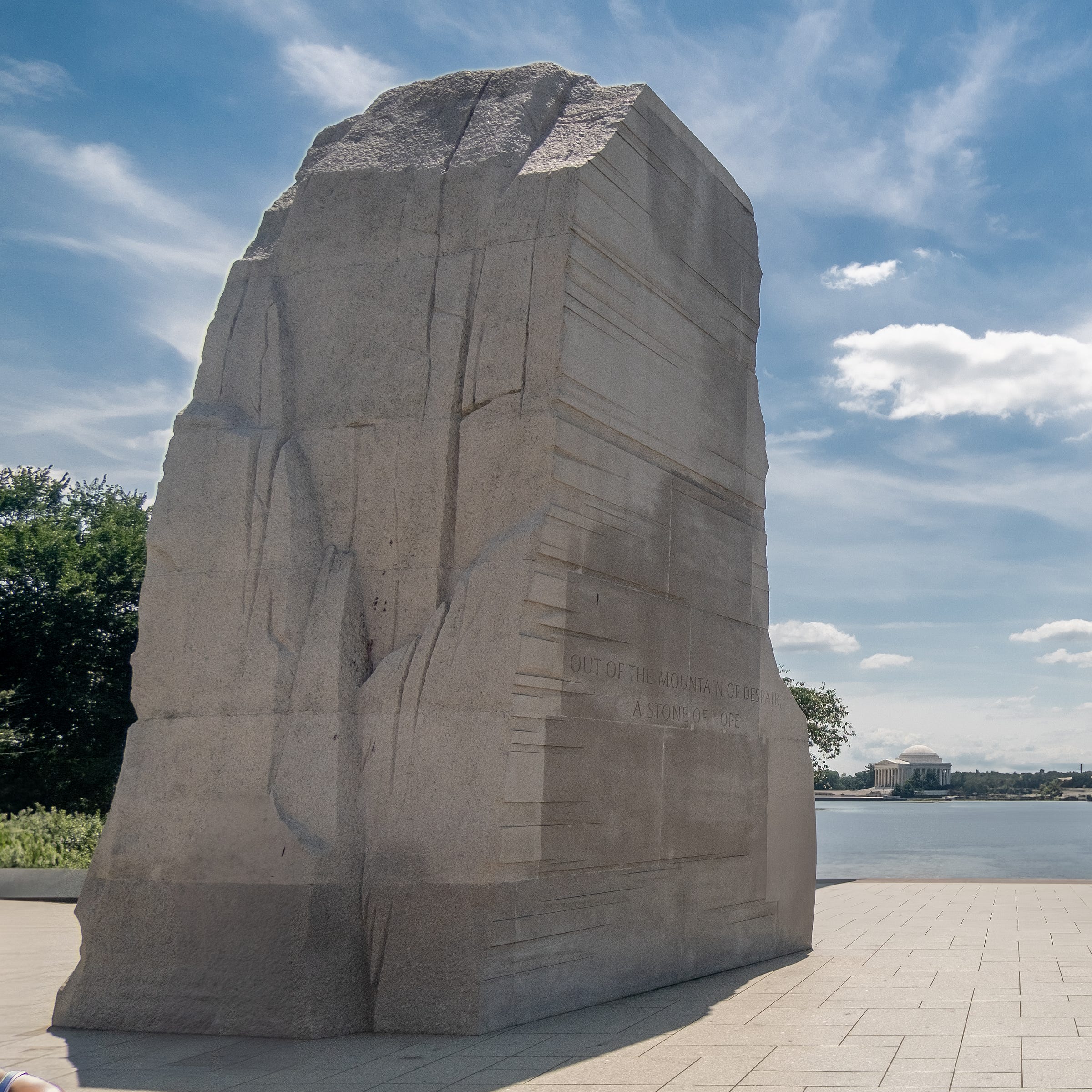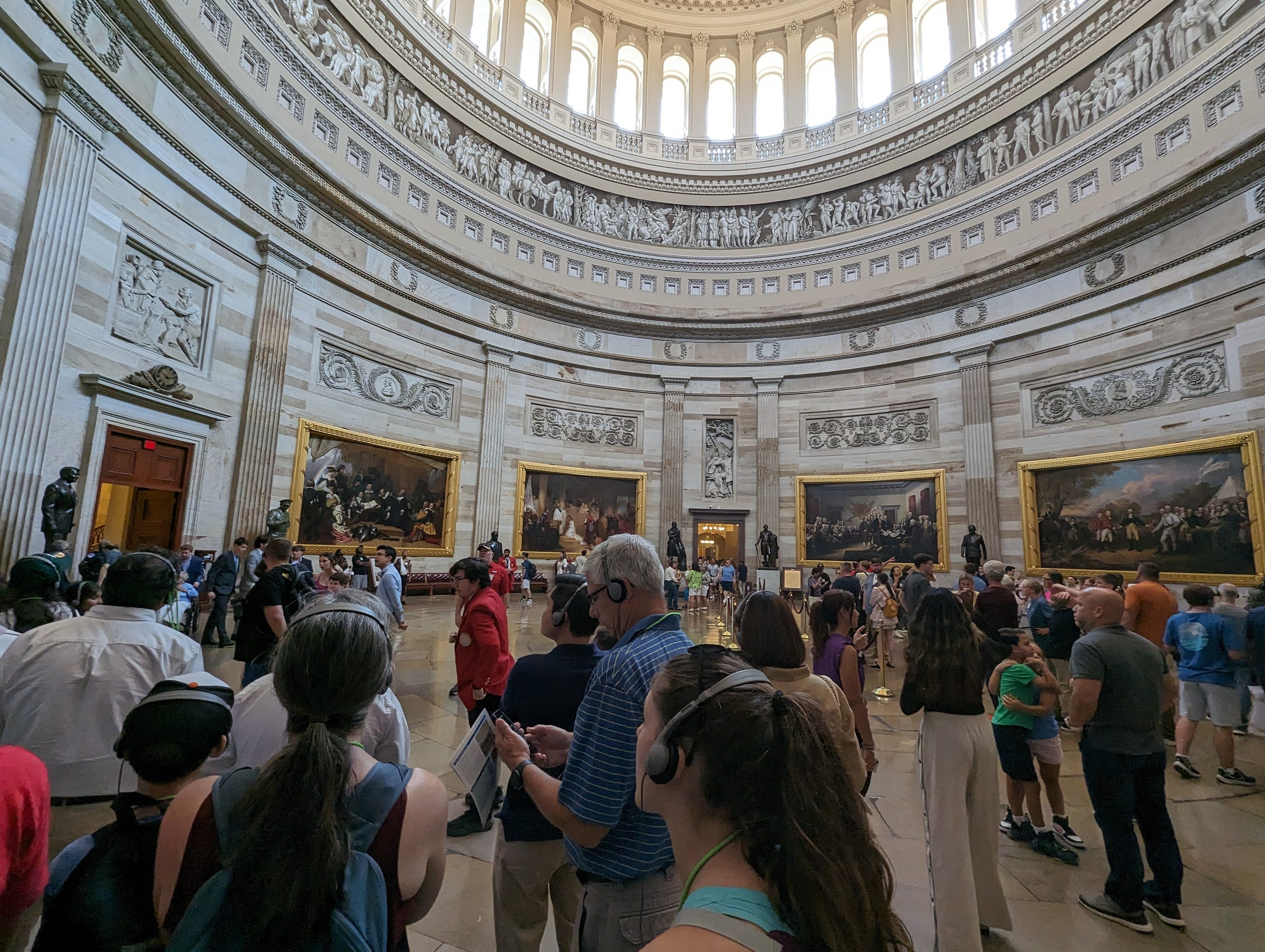DC: What Do You See?
As I biked around DC this summer, fulfilling my tourist duties, I watched folks of all ages and backgrounds taking in the iconic sights just as I was. And I wondered what they saw as they looked.
When they took a selfie in front of the steps of the Capitol building, did they see the disabled activists who crawled up those 83 steps to demand equal access to society?
When they took in the vast space of the National Mall around the Washington monument, did it take their breath away that it was once filled with the largest art installation in the world: a quilt made of 21,000 panels memorializing gay folks who died of AIDS while their government stood by and laughed?
When they walked through the FDR memorial, did they notice that it was designed with accessibility as a priority in tribute to FDR? Did they see how shiny the braille and the reliefs were from hands getting to explore them?
When they saw the MLK Jr memorial, did they understand why his statue is unfinished? Did the significance of his statue facing the Jefferson memorial stand out?
When they admired the incredible architecture of the Capitol building, did they see the enslaved men who built it?
Some of the most important things in DC can't be captured with photos today. It's not just buildings, monuments and politics.
It is part of a story about people of the past, about us, and about future generations.
It's a story of the very literal blood and sweat and tears that are poured out as people beg their fellow citizens for rights, freedoms, access and protections.
We are now the authors of the next chapter of that story.
The stories in DC tells us of our failures, our successes, and of the halting, imperfect steps we take towards the ideal we have yet to achieve. An ideal voiced by a rich, rapist slave owner with such a narrow view of who was included by the word “all”.
The ideal that ALL are equal and have the inalienable right to life, liberty, and the pursuit of happiness.









